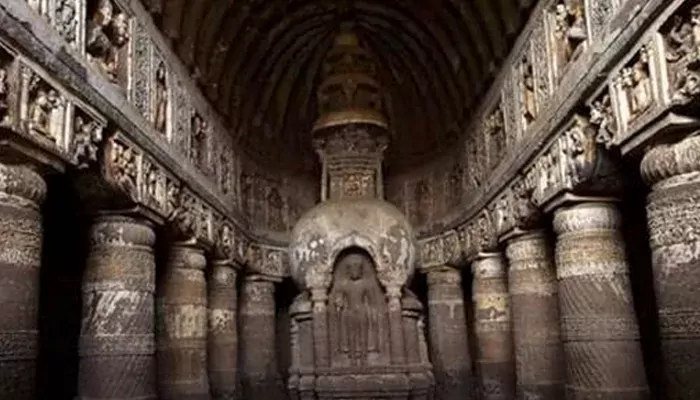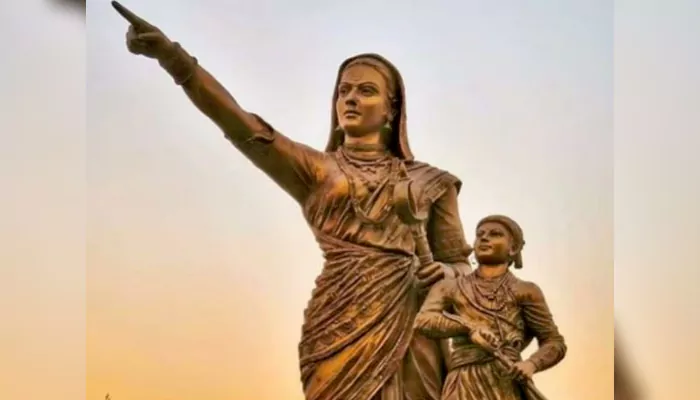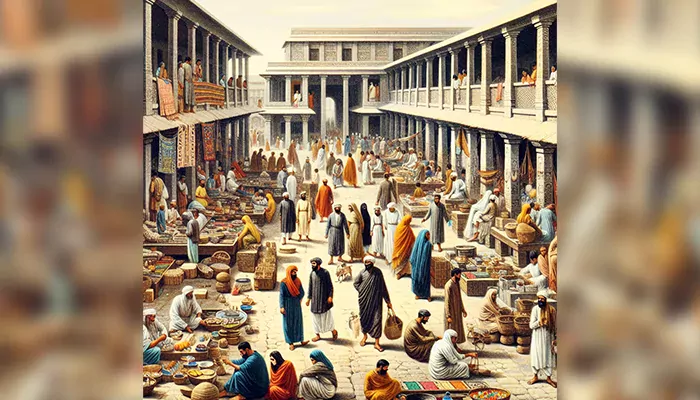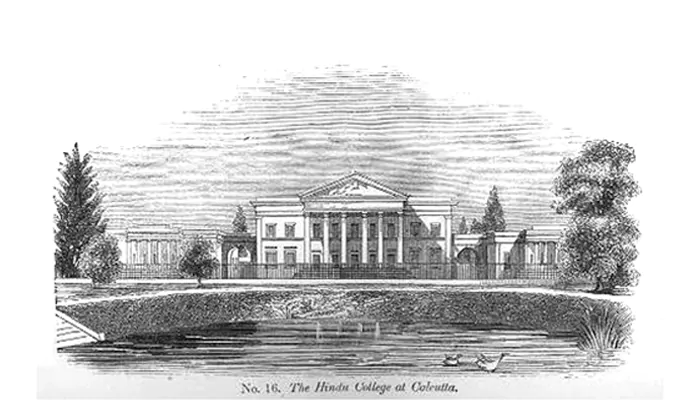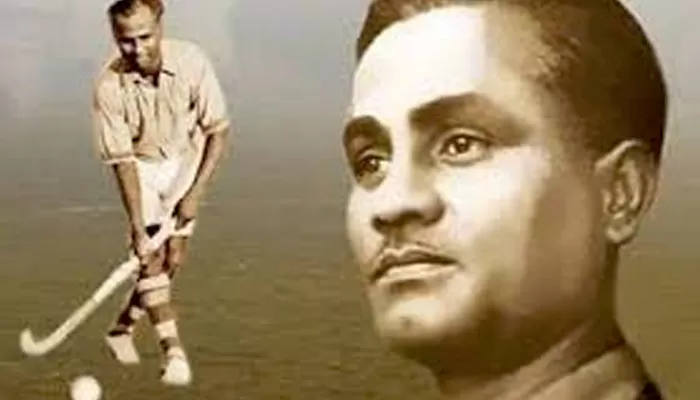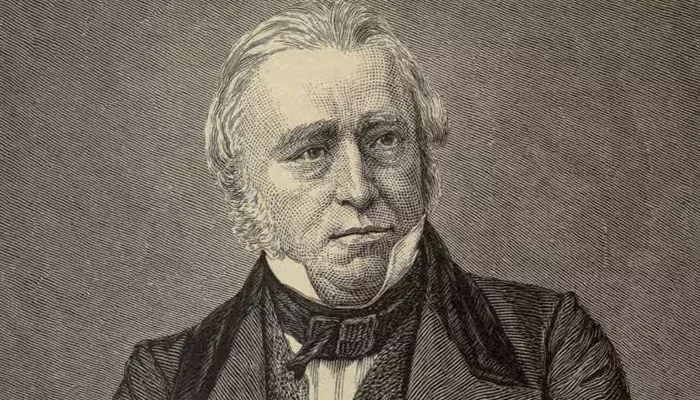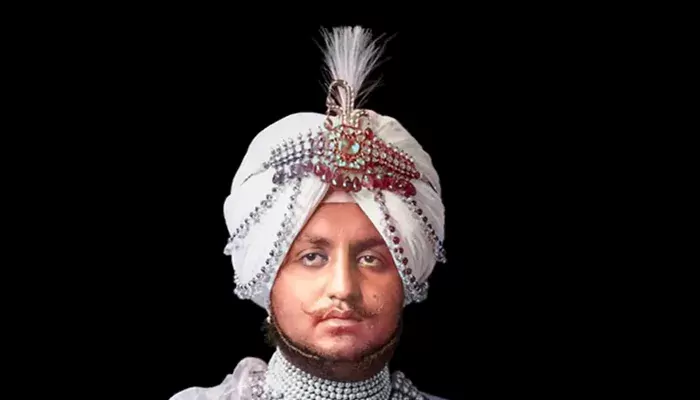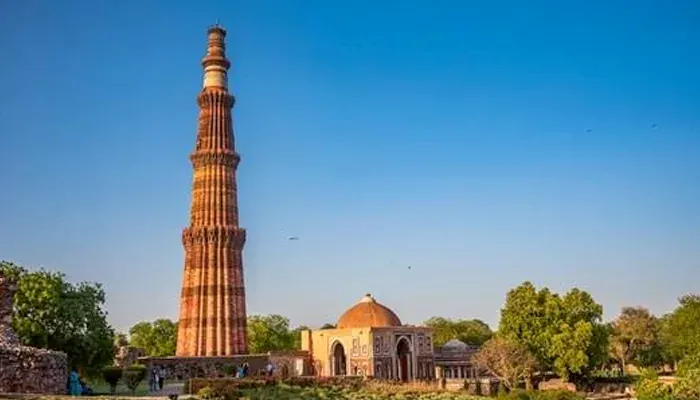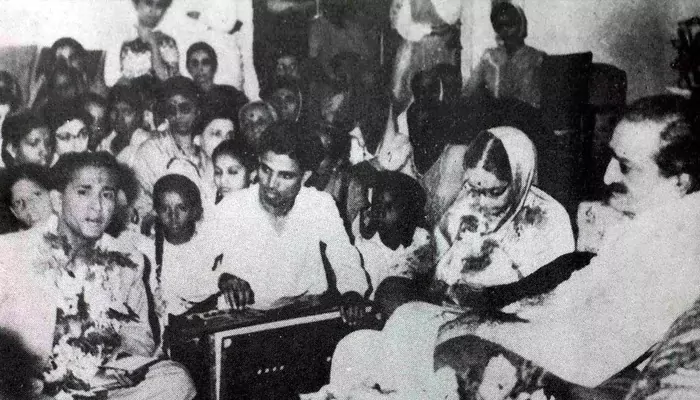
When sacred songs became secret scripts — The untold role of Bhajans in India’s freedom struggle
In colonial India, every word could be a weapon. But sometimes, silence worked better. And sometimes, even songs did. Bhajans — devotional songs sung in praise of Hindu deities — seemed innocent enough. Their melodies echoed through temple courtyards, village squares, and quiet homes. To the British, they were harmless expressions of faith. But behind the soft clinking of cymbals and the soothing tones of harmonium, something extraordinary was unfolding. Bhajans had become a secret language — carrying messages of rebellion, resistance, and freedom, all cloaked in devotion.
Rebellion in raga
The British Raj was deeply wary of open gatherings. Political speeches were suppressed, printed material censored, and public meetings monitored. But religious assemblies? Those were left untouched. Religion, after all, was deeply embedded in Indian life. Rebels took note. Bhajans, already a daily ritual in many regions, offered the perfect cover. For example, a tune that once told the story of Krishna lifting Govardhan Hill was reworded to pass instructions for a protest—here, "the mountain" metaphorically represented the heavy burden of British rule, while "the flute" pointed to a planned whistle-blown signal to gather.
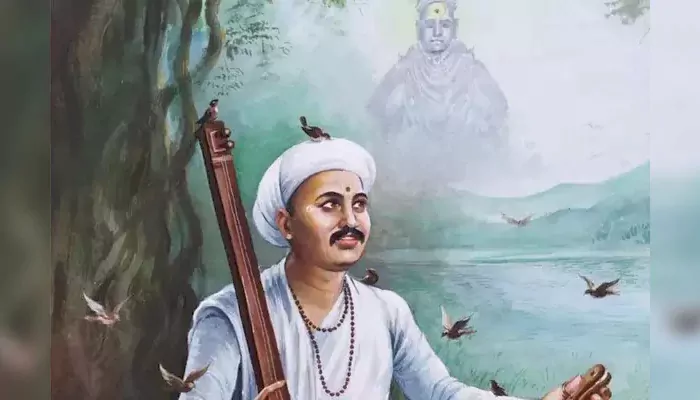
From saints to satyagrahis
Traditions laid the groundwork. From the Bhakti movement in the 15th century to the freedom struggle of the 20th century, spiritual songs had long been vehicles of social commentary. Saint-poets like Kabir and Tukaram questioned authority in verse. During the independence movement, this spiritual inheritance took a sharper political edge. In Maharashtra, kirtans (devotional storytelling sessions) incorporated tales of Shivaji and subtle nods to swadeshi ideals. In Gujarat, Gandhi himself encouraged the use of bhajans at prayer meetings — songs that emphasised courage, simplicity, and truth, while also subtly signaling when and where volunteers should gather.
British ears, Indian codes
British officers couldn’t grasp the depth of these verses. The language barrier, the metaphor-heavy lyrics, and the devotional tone all shielded the true intent. For instance, a verse like “Chalo Man Ganga Jamuna Teer” — literally “Let’s go to the banks of Ganga and Yamuna” — could, as code, direct rebels to a meeting near Allahabad. Songs in local dialects made decoding even harder. The British police might hear a rousing bhajan about Lord Ram’s vanvaas (exile)—in reality, "exile" served as a secret message urging underground activists to lie low and move their base to avoid capture.
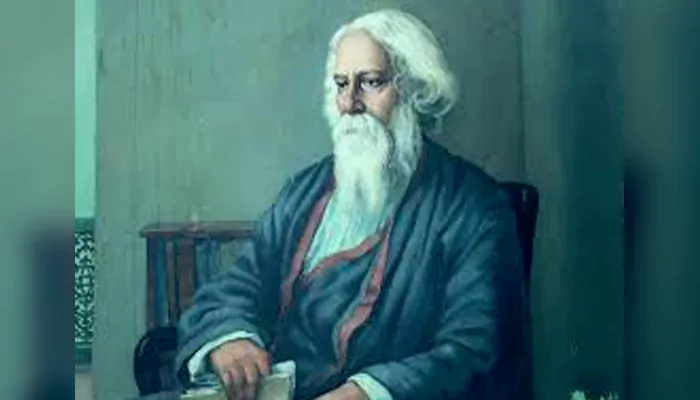
The sound of Swadeshi
The Swadeshi Movement gave bhajans a new urgency. As boycotts spread and khadi became a symbol of resistance, songs too carried the message. One popular bhajan, “Vande Mataram Gaa Re,” seamlessly blended spiritual fervor with nationalistic pride. In Bengal, Rabindra Sangeet found a similar double meaning. In villages of Tamil Nadu, bhajans borrowed from classical Carnatic ragas but delivered anti-colonial messages hidden in religious metaphor. The performance was spiritual; the intent was political.
Women and the whispered verse
In many homes, women sang bhajans as they went about their chores. But during the freedom struggle, these lullabies became lessons. Mothers taught their children songs with hidden messages about resistance and sacrifice. Since women weren’t usually suspected by colonial police, they became quiet carriers of the rebels' verse. From veiled singers at community kitchens to lead voices at satsangs, they sang not just in praise of God, but in hope of freedom.
Echoes that still resonate
Independence came in 1947, yet the quiet power of those secret bhajans still resonates today. In many regions, bhajans sung today still carry verses added during the freedom movement. They’re rarely identified as political — but their history remains. Musicians and historians have begun collecting these versions, preserving a legacy where music was not just devotion, but quiet defiance. In every note, there lived a rebel’s whisper — one that slipped past British ears, but reached Indian hearts.

